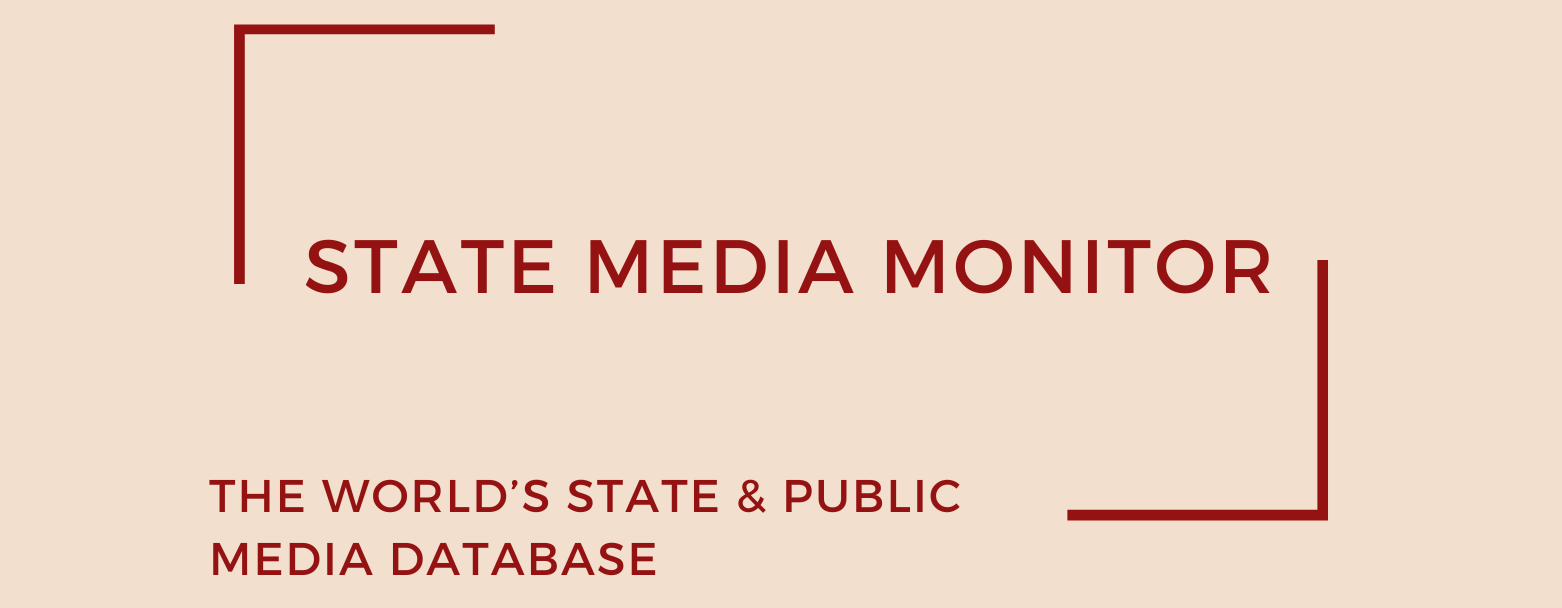Kenya Broadcasting Corporation (KBC)
Kenya Broadcasting Corporation (KBC) is Kenya’s national public broadcaster, operating a suite of television and radio stations with a mandate to educate, inform, and entertain a linguistically diverse population. Its flagship outlet, Channel 1, remains a primary source of state-sanctioned news and cultural programming.
Media assets
Television: KBC Channel 1, Heritage TV, Y254
Radio: KBC Radio Taifa, KBC English Service; Commercially run: Coro FM, Pwani, Nosim, Minto, Kitwek, Mayienga, Mwatu, Mwago, Ingo, Iftiin
State Media Matrix Typology
Ownership and governance
KBC was established under the Kenya Broadcasting Corporation Act (CAP 221) and is wholly owned by the Government of Kenya. The President appoints the chairperson of the Board, while other board members are appointed by the Cabinet Secretary responsible for information, communications, and the digital economy.
In a high-profile leadership shake-up, Agnes Kalekye was appointed CEO in May 2024. Kalekye, a veteran media executive and former COO at The Star Publications, also previously served as Chair of the Media Owners Association. Her appointment followed the dismissal of Samuel Maina, who was ousted in December 2023 after authorizing a controversial US$5 billion (KES 65 billion) compensation to the UK-based Channel 2 Group without prior government approval. The payout, stemming from a longstanding arbitration case at the London Court of International Arbitration, triggered a major political and public backlash.
In May 2025, the Ministry of Information, Communications, and the Digital Economy confirmed a comprehensive restructuring plan for KBC (alongside the Postal Corporation of Kenya). During a Senate ICT Committee hearing, Cabinet Secretary William Kabogo Gitau outlined a strategic roadmap aimed at institutional reform, including budgetary realignment, legislative updates, and the rollout of digital infrastructure initiatives such as public Wi-Fi hotspots and fibre-optic expansion
Source of funding and budget
KBC’s funding model is hybrid, comprising limited government subsidies and commercial revenue, mainly from advertising. While public funding is officially intended to be supplementary, persistent financial distress has left KBC heavily dependent on the exchequer. By 2019, the broadcaster had accumulated debts exceeding KES 71 billion (approx. US$ 644 million), mainly attributed to a long-term infrastructure loan from a Japanese creditor. Despite efforts to manage this debt, it ballooned to KES 90.7 billion by mid-2024, prompting Kenya’s National Assembly to formally request the National Treasury to consider canceling the obligation altogether.
In addition, KBC remains entangled in a costly legal dispute dating back to 2009 over the collapse of a joint venture with Amjam TV, owned by a Dubai-based businessman. The case, ongoing in UK courts, could cost the broadcaster as much as KES 40 billion.
The broadcaster’s annual budget has historically hovered around KES 1.2 billion (approx. US$ 10.8 million), but in 2024, government allocations rose to KES 2.19 billion (US$ 15.1 million), according to official fiscal documents. According to the Openbudget.ke portal, KBC was allocated KES 2.285 billion (approx. US $15 million) in the FY 2025/26 recurrent budget.
Editorial independence
Despite a statutory mandate to operate as an “independent and impartial” public broadcaster, KBC has long been plagued by political interference. Editorial decisions are often aligned with government narratives, and managerial changes are frequently driven by political pressure rather than professional performance. Several former directors were dismissed for failing to toe the line of the ruling administration, reinforcing a culture of self-censorship within the newsroom.
No domestic statute explicitly guarantees KBC’s editorial autonomy, nor is there any external or independent oversight mechanism in place to assess its compliance with principles of journalistic integrity. As a result, the broadcaster continues to function more as a government mouthpiece than as an independent public service media outlet, a status increasingly questioned by media observers and civil society actors.
June 2025
Citation (cite the article/profile as part of):
Dragomir, M. (2025). State Media Monitor Global Dataset 2025.
Media and Journalism Research Center (MJRC).
Zenodo.
https://doi.org/10.5281/zenodo.17219015
This article/profile is part of the State Media Monitor Global Dataset 2025, a continuously updated dataset published by the Media and Journalism Research Center (MJRC).
